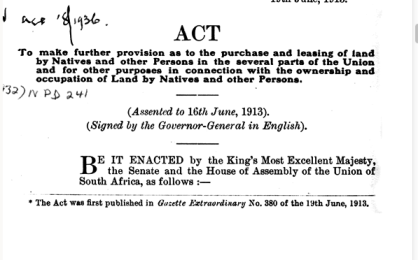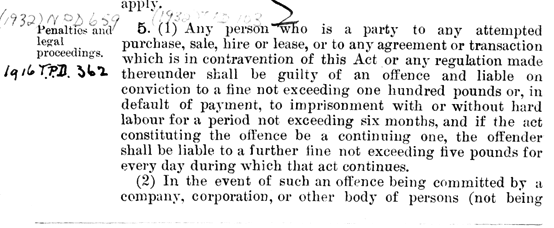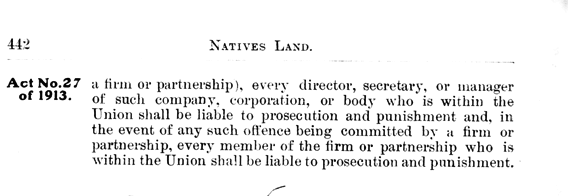And then Hello Apartheid….
By Melanie Nathan, June 19, 2013.
 June 19th 2013 is the 100th anniversary of the now defunct Natives Land Act, 1913 (subsequently renamed Bantu Land Act, 1913 and Black Land Act, 1913; Act No. 27 of 1913) which was an act of the Parliament of South Africa aimed at regulating the acquisition of land by “natives”, i.e. black South Africans. The Act formed the basis of the system of Apartheid.
June 19th 2013 is the 100th anniversary of the now defunct Natives Land Act, 1913 (subsequently renamed Bantu Land Act, 1913 and Black Land Act, 1913; Act No. 27 of 1913) which was an act of the Parliament of South Africa aimed at regulating the acquisition of land by “natives”, i.e. black South Africans. The Act formed the basis of the system of Apartheid.
The Natives Land Act of 1913 was the first major piece of segregation legislation passed by the Union South African Parliament, while South Africa was a British Colony and remained a cornerstone of Apartheid until the 1990s when it was replaced by the current policy of land restitution.
The act decreed that only certain areas of the country could be owned by black people. These areas totaled only 7-13% of the entire land mass of South Africa, with a population of black South Africans in majority at about 70%.
“Simultaneously the Act prohibited Whites from acquiring, or occupying, land in the reserves. It was stated in parliament, at the time, that the purpose of the Act was to ensure the territorial segregation of the races. This stated purpose has generally been accepted, by politicians as well as social scientists, as a sufficient explanation for the Act which has come to be regarded as the cornerstone of territorial segregation…….. some writers have argued that the Act can be interpreted as an attempt to remedy the shortage of African labour on White farms, and to prevent Africans utilizing communal or private capital from repurchasing European owned land which had been acquired by conquest” (Wolpe 1972: 71).”
The Act created a system of land tenure that deprived the majority of South Africa’s inhabitants of the right to own or even rent land which had major socio-economic repercussions.
The Act continued in force for some forty years and was a precursor to more insidious legislation that served to define Apartheid.
The grand spatial plan of the apartheid government was to push all black people to the impoverished homeland areas, reduce blacks on farms to poorly paid farm workers and labor tenants whilst those who moved to the cities were pushed to the poorly serviced black townships. The negative impact of the apartheid policies included the deterioration of the relations of land, livestock, cropping and community.
In 1994 the new post Apartheid South African ANC government promised restitution in the form of 30% of white farmer lands to be returned to black South Africans. Only 10% of such has occurred since the demise of Apartheid 20 years ago. And still today the ANC has failed to deliver much needed basic services to many who were pushed into Townships as a result of the racist and Apartheid laws.


See the Act at http://www.sahistory.org.za/archive/natives-land-act-act-no-27-1913

READ MORE at http://www.bbc.co.uk/history/0/22786616




















 PoochParkWear customizes hoodies and t-shirts, the good, the naughty, the in between, whether proud or quirky let them be seen. We also offer biker jackets, croc or pleather collars, a variety of collar charms, and our special Zinja beaded collars made by a co-op of HIV-positive South African women, the Sisonke women who weave the beads onto the collars.
PoochParkWear customizes hoodies and t-shirts, the good, the naughty, the in between, whether proud or quirky let them be seen. We also offer biker jackets, croc or pleather collars, a variety of collar charms, and our special Zinja beaded collars made by a co-op of HIV-positive South African women, the Sisonke women who weave the beads onto the collars.

This is indeed a great article … love historical facts. Still a sad fact ….. Apartheid needed to be done away with! Very well done …